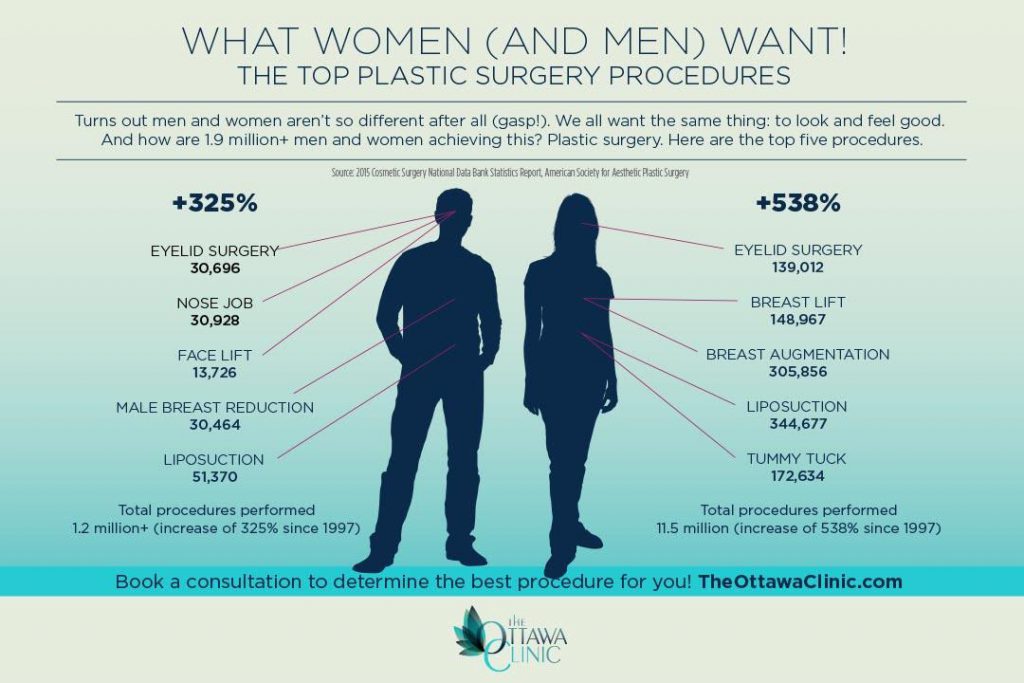Hormone Acne - What is Hormonal Acne?
Hormone acne is identified by clogged pores and oily skin that usually appears on the chin and jawline. It takes place when hormone modifications trigger swelling and bacterial overgrowth within hair roots.
Outbreaks might look like whiteheads, blackheads, papules or pustules and cysts or nodules in much more serious situations. It is a lot more usual in teenagers experiencing puberty however can impact grownups of any kind of age.
What Creates Hormonal Acne?
While acne can be triggered by a range of aspects, consisting of making use of hair and skin care products that aren't oil-free or made with components that might obstruct pores, hereditary proneness, diet regimen,2 and stress, the source is changing hormonal agents. Hormone acne occurs when the body experiences hormonal modifications and changes that bring about an overflow of sebum, which creates swelling, raised development of microorganisms and modifications in skin cell activity.
Hormonal acne is typically discovered on the reduced jawline, cheeks and neck yet can show up anywhere on the body. It is identified by imperfections that are cystic, unpleasant and filled with pus or other material. It is also more likely to occur in women than men, especially during adolescence, the menstruation, pregnancy or menopause.
Age
While lots of kids experience acne at some point during puberty, it can continue to plague adults well into their adult years. Referred to as hormone acne, this type of breakout is connected to changes in hormones and is usually most typical in ladies.
Hormone acne happens when oil glands generate excessive sebum, which blocks pores and traps dead skin cells. This causes the formation of acnes, such as whiteheads, blackheads and papules, pustules, cysts or nodules, deep under the surface.
This sort of imperfection commonly triggers discomfort, inflammation and inflammation. It may additionally be intermittent and show up around the exact same time each month, such as right before your period begins. This is due to the fact that degrees of women hormones like progesterone and oestrogen change with each menstrual cycle.
Menstrual Cycle
Hormonal acne typically shows up in the reduced part of your face, along the jawline and cheeks, as whiteheads, blackheads or inflammatory acnes (pimples and cysts). It's most likely to appear around the moment when your menstruation changes.
Especially around ovulation, when estrogen and progesterone degrees are on the rise, hormonal agent variations can create outbreaks. However it's also possible to get acne at any factor throughout your 28-day menstruation.
If you observe that your hormone acne flares up right before your period, attempt observing when precisely this happens and see if it relates to the stages of your 28-day menstruation. This will aid you identify the root causes of your skin troubles. As an example, you may want to work with balancing your blood sugar and cutting out high-sugar foods, or take into consideration a prescription medicine like spironolactone that can regulate your hormonal agents.
Maternity
Growing a child is a time of remarkable hormone modifications. For numerous women, this consists of a flare-up of hormonal acne. This sort of breakout typically starts in the first trimester, around week 6. It's triggered by hormonal agent rises that promote sebaceous glands to make even more oil, which can block pores and create even more bacteria to accumulate.
Outbreaks may likewise occur as a result of pre-existing problems like polycystic ovary syndrome, which can additionally be an issue during pregnancy and menopause. Also, some sorts of contraceptive pill (such as Ortho Tri-Cyclen and YAZ) can set off hormone acne in some women.
The good news is, many acne therapies are "no-go" for expecting women (consisting of preferred acne-fighting components such as isotretinoin and spironolactone). Yet if you can't stay clear of those frustrating bumps, your doctor might prescribe dental erythromycin or cephalexin, which are safe while pregnant.
Menopause
As women come close to menopause, the estrogen levels that triggered their hormone acne to flare up throughout puberty start to maintain and reduce. At the same time, nonetheless, a spike in androgens (also called male hormones) happens because these hormonal agents can't be converted into estrogen as properly as previously.
The unwanted of androgens can set off oil manufacturing by the sebaceous glands, which blocks pores. When the clogged pores ended up being inflamed and inflamed, an acne types.
Hormone acne is typically seen on the face, especially around the chin and jawline, yet it can occur on the neck, back, shoulders, or breast. This sort of acne tends to flare up in an intermittent pattern, comparable to the menstrual cycle. Stress, which boosts cortisol and tosses read more hormones out of balance, additionally adds to the breakouts.

Comments on “What Is The Best Treatment For Deep Scars”